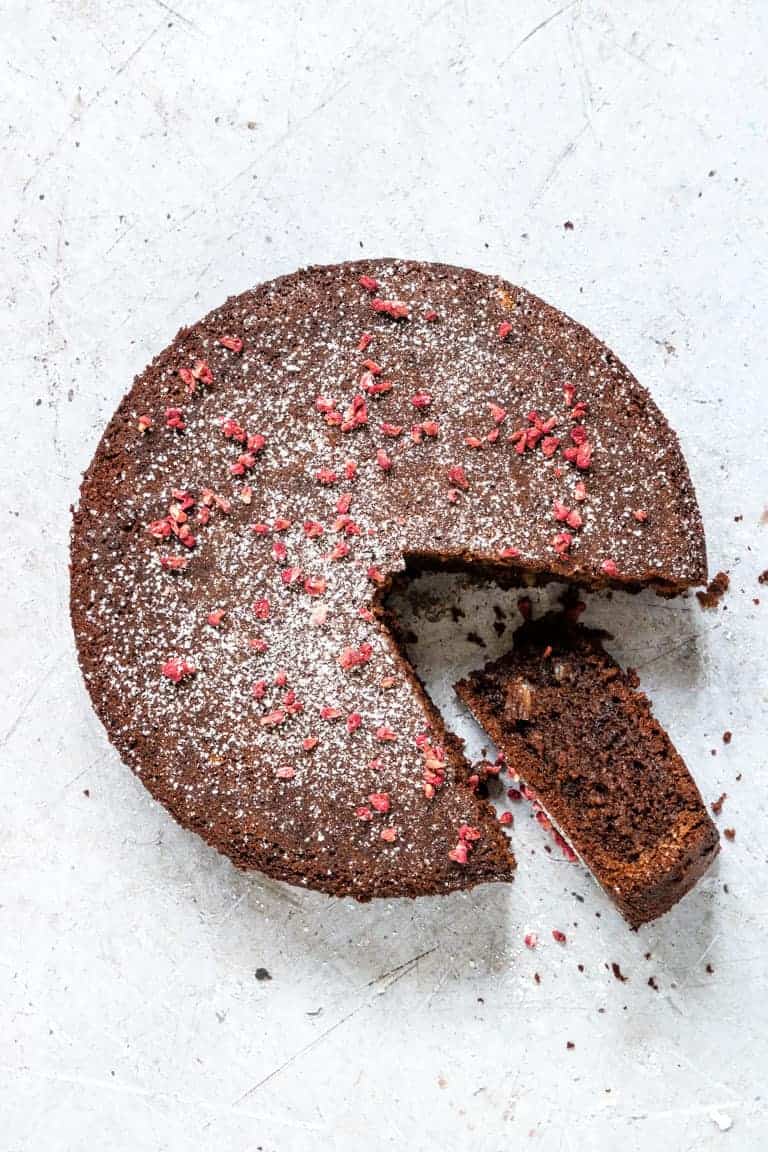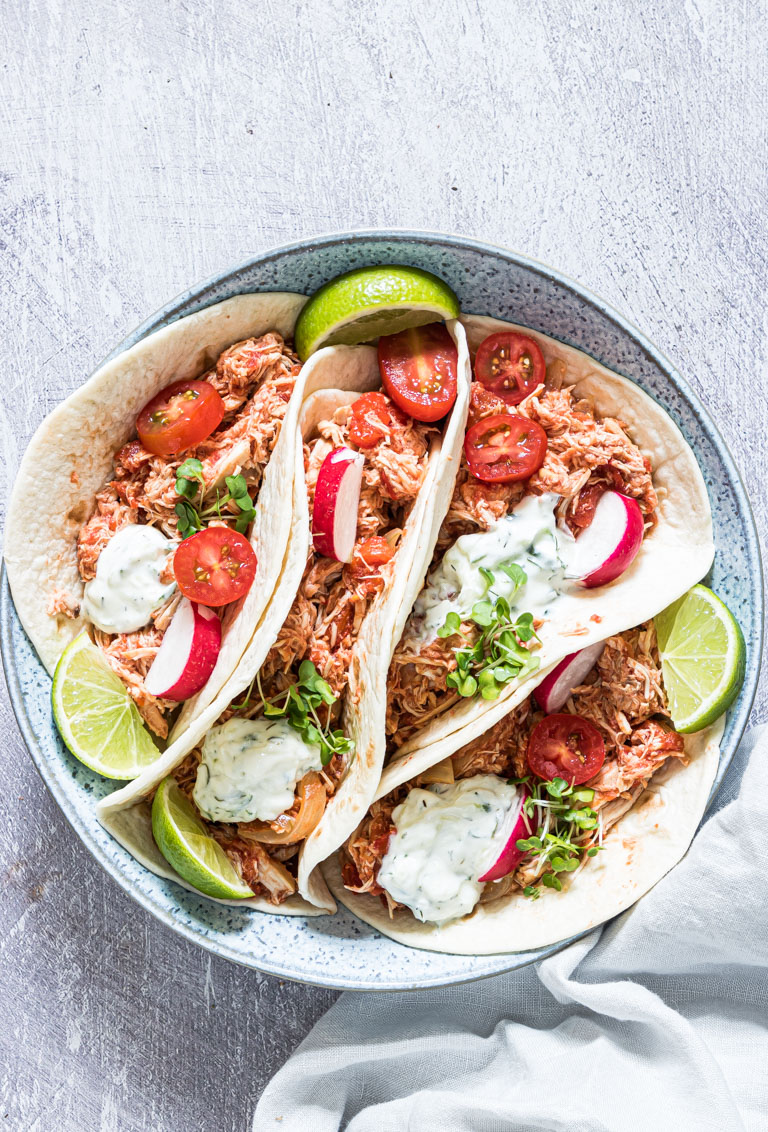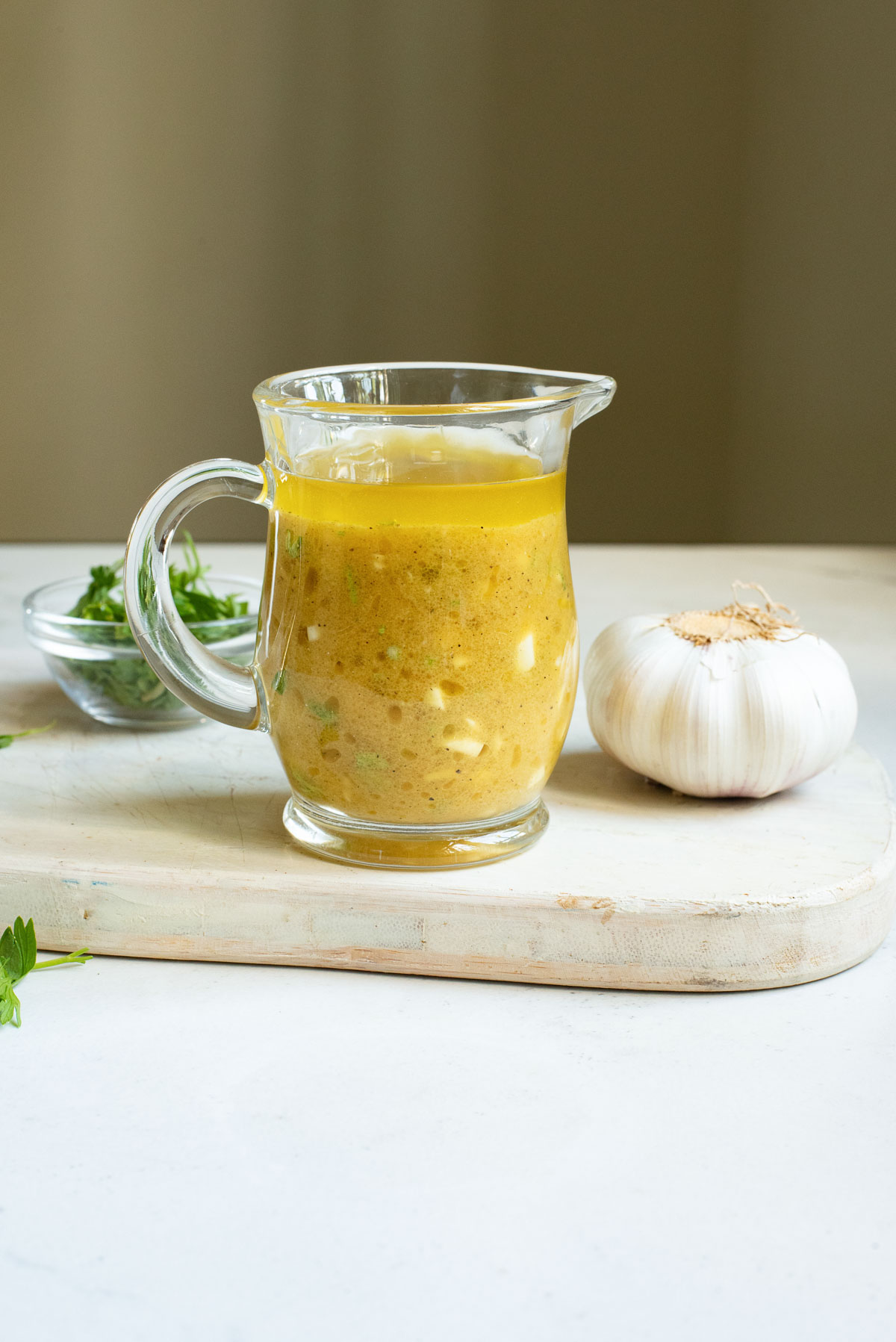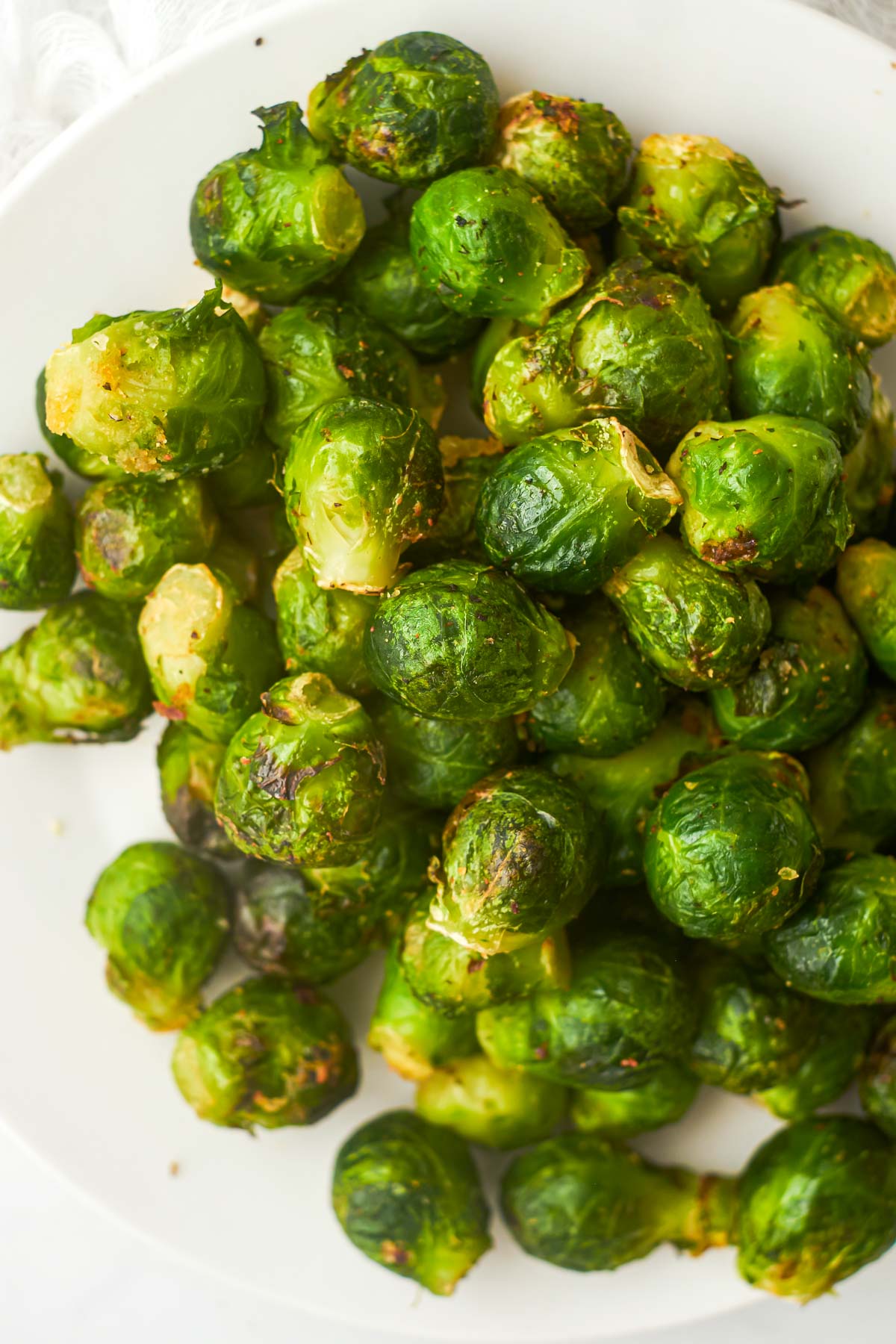Cumin Substitute
You will love these 12 substitutes for cumin! Most of these easy substitutes are readily available in your pantry or at your local grocery store, so if you don’t have cumin on hand or simply want to experiment with new flavors, this list will help you choose the best cumin substitute for your needs.
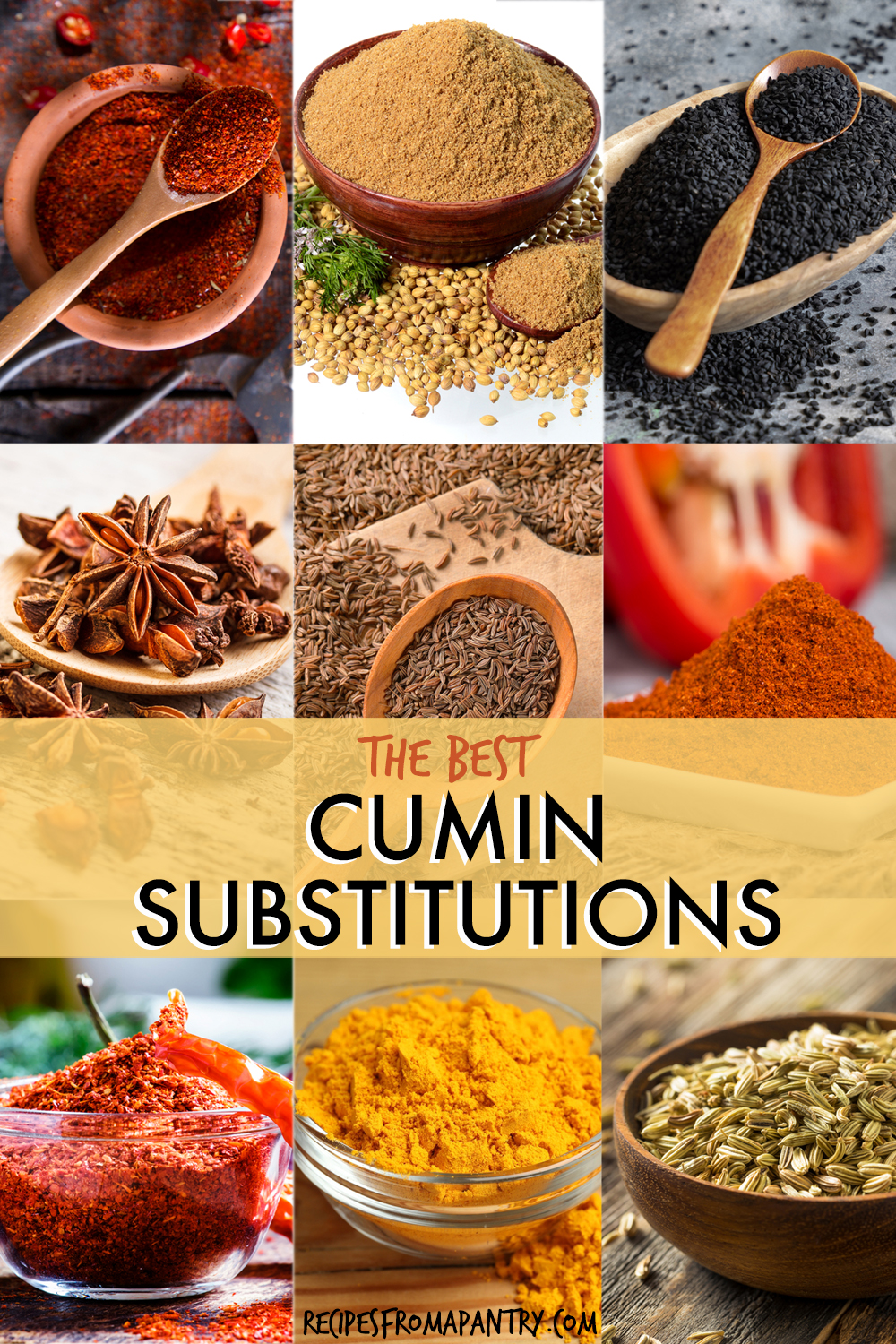
Hey friends, if you need an excellent cumin substitute, then you will love these 12 substitutes for cumin. Most of these substitutes are readily available in your pantry or at your local grocery store.
If you don’t have cumin on hand or simply want to experiment with new flavors, I’ve compiled this list so you can choose the best substitute for cumin. Yeap, I’ve done the research so you don’t have to!
And if you’re looking for more substitution tips and tricks, you’ll want to check out my collection of Majoram Substitutes, Thyme Substitutes, and the 21 best Worcestershire Sauce Substitutions. #kitchenswapsforthewin
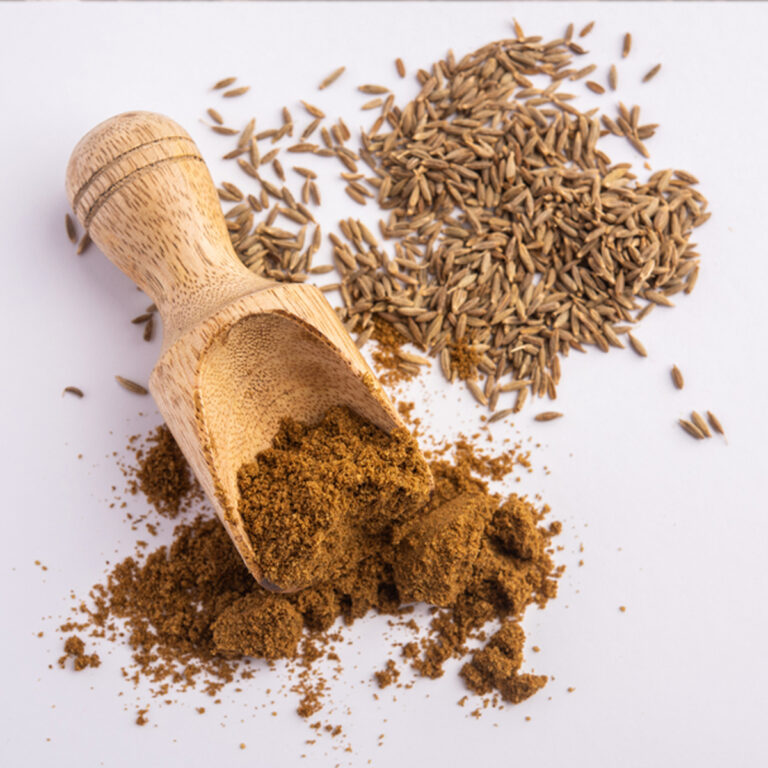
Cumin Flavor Profile
Cumin is widely used in Mexican Cuisine, Indian, African, and Asian dishes to add a wonderfully warm and earthy flavor to meats, vegetables, stews, marinades, soups, curries, rice, and more.
I love adding it straight into dishes or via multiple spices or more complex spice blends like chili or curry powders.
Cumin is used in 2 forms:
- Whole seeds: These keep their awesome flavor better, and when toasted, they become even more aromatic with stronger flavors. I love adding this to rice dishes.
- Ground cumin: this ground version loses its flavor and potency quicker, but it is easy to use for seasoning and blending easily with other spices. Keep it fresh and replace it regularly.
Now that you know a little more about this spice, read on to learn what the best swaps are (for both ground cumin substitute and substitute for cumin seeds) for those times when it isn’t accessible, so you can still create a delicious meal whenever.
One quick tip => When choosing an alternative to cumin, just keep in mind the intensity and flavor profile of the spice and other flavors to make sure it fits your recipe and your taste.
Ready to learn more about the best Cumin substitute? Then read on!
Ground Spices And Blends

1. Ground Coriander
Did you know that ground coriander can make a fantastic substitute for cumin?
Yeap. Just like cumin, coriander belongs to the parsley family, so it makes a great alternative, especially in Mexican and Indian recipes.
Coriander is not as spicy as cumin, so when using it as a substitute you’ll want to use half the amount called for in the recipe.
So, if your delicious recipe requires one teaspoon of cumin, just swap in half a teaspoon of ground coriander instead.
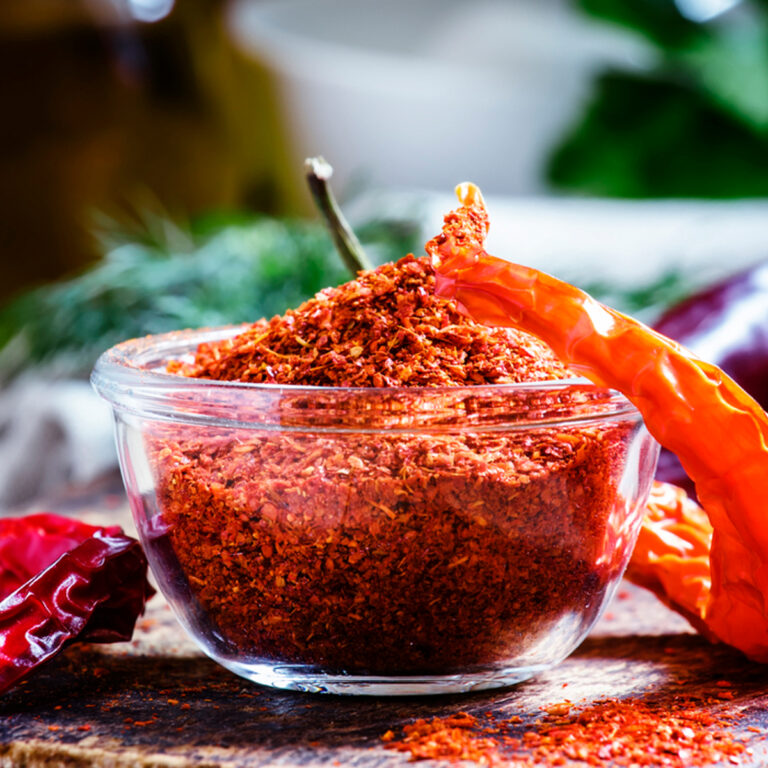
2. Cayenne Pepper And Ground Coriander
Because coriander powder is less spicy than cumin, you can add in a little bit of chili powder or cayenne pepper or crushed red pepper flakes if you want to create a similar heat level.
To replace one teaspoon of cumin, simply use half a teaspoon of ground coriander and a large pinch of cayenne.
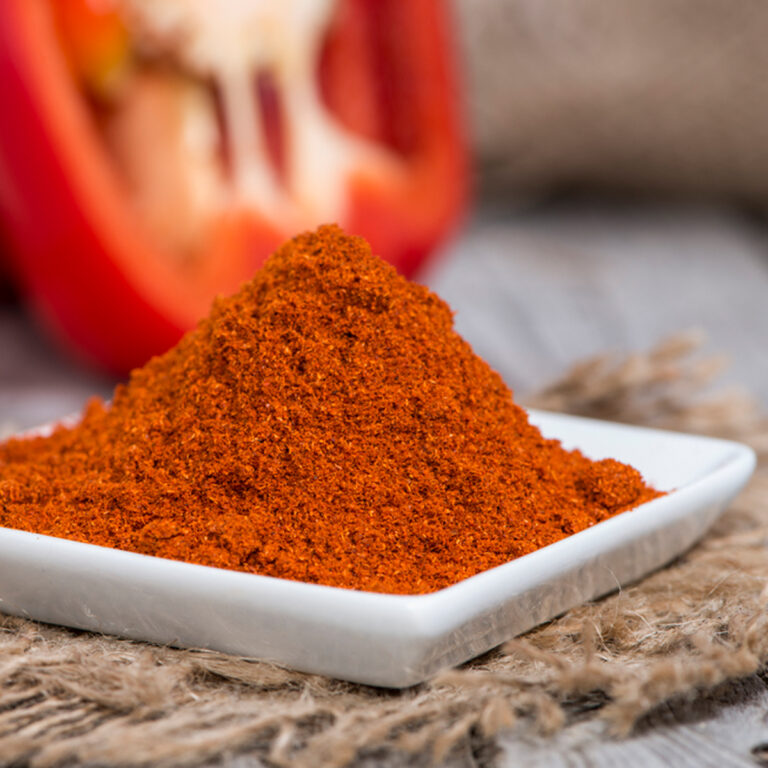
3. Paprika
Made from dried red peppers, paprika is another fab substitute you can use in your meals.
It adds a milder flavor, with a hint of sweetness as well as a fun vibrant color.
Depending on the type of peppers used, paprika can also be sweeter than or spicier than cumin. So when using it instead of cumin, be sure to check out the heat levels.
You can also get smoked paprika, which (of course) adds a nice smokiness.
Sweet paprika works best in milder dishes, and the hot version works best in spicer dishes with stronger flavors. For milder dishes, start with a 1:1 ratio and adjust up or down to your taste.
A tip: you can also use paprika as a garnish for your finished meal, adding extra color and flavor. So, so, so good.
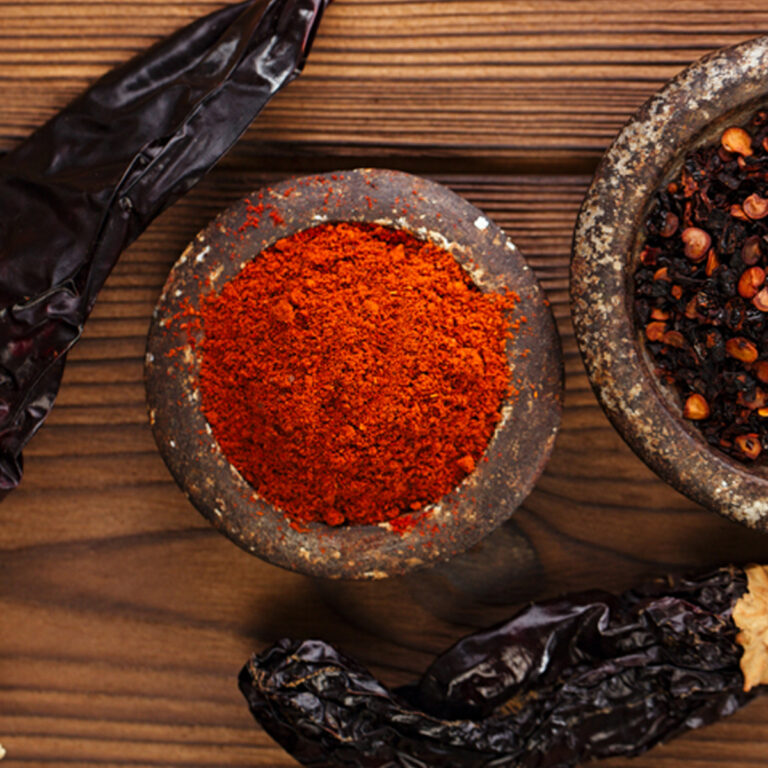
4. Chipotle Powder
Chipotle powder, made from dried and smoked chili peppers, can be a great stand-in for cumin.
It has a smoky and spicy flavor, so it will add both smoke and heat to recipes, along with some color. However, because it is spicier than cumin powder, you’ll want to start out with less, and then add more depending on your taste.
For example, when a recipe calls for 1 teaspoon of cumin, I recommend starting with 1/3 teaspoon of chipotle powder. And if you don’t like heat, then you need to use even less.
Using chipotle powder as a substitute in Mexican food and Latin American dishes works especially well, particularly when they already have a smoky flavor.
One thing to keep in mind – because of its deep reddish color, the overall color of your dish may change slightly when using chipotle powder as a substitute.
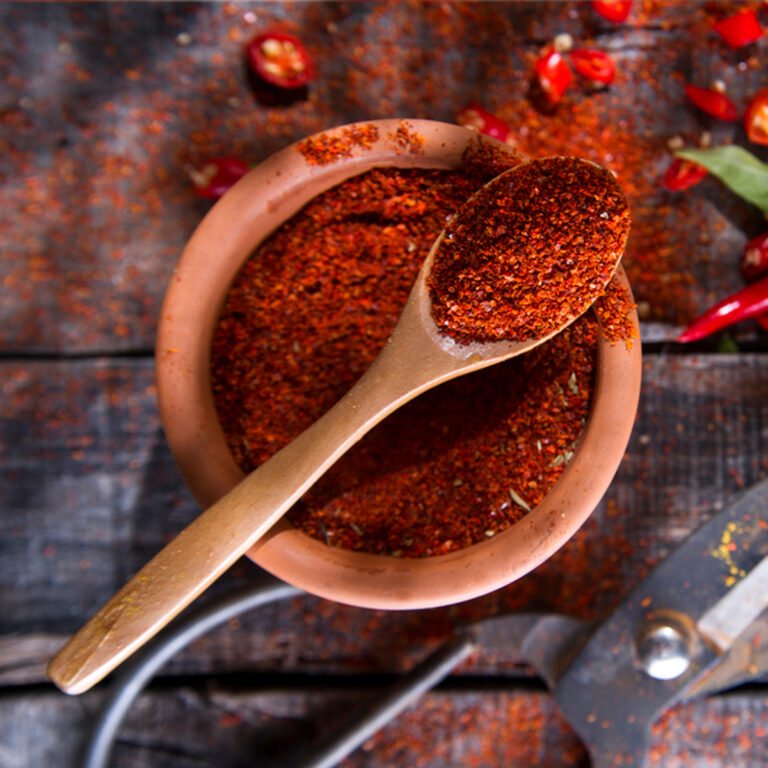
5. Chili Powder
Chili powder is another fantastic spice blend that you can use to replace cumin. Yeap, you read that right.
Especially since it has a warm flavor and earthy aroma profile with some heat, due to the ingredients that it is made from, such as ground cumin, paprika, garlic powder, cayenne pepper, black pepper, oregano, etc.
This means that your dish will not only have the cumin flavor, but it will benefit from extra flavor from the other ingredients. A true win-win, right?
If you like hotter food then use a 1:1 ratio. But if you like less heat, start with 1/2 teaspoon chili for each teaspoon of cumin, and adjust as needed.
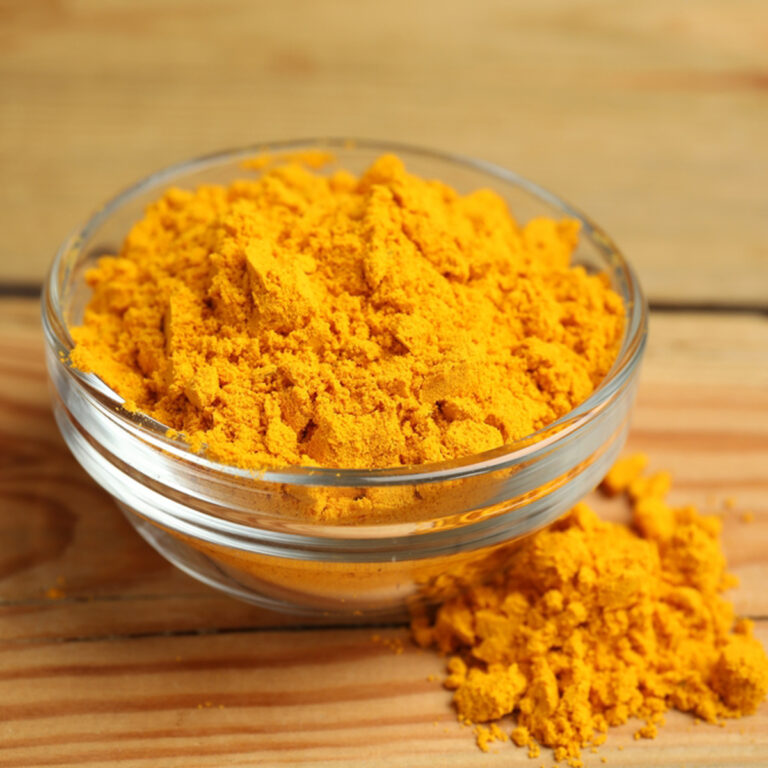
6. Curry Powder
I love adding curry powder blends instead of cumin in Indian dishes. The flavor is fantastic, and because this pantry staple spice blend typically includes cumin, it’s a great substitute.
Curry powder can also include paprika, turmeric, ground coriander, cinnamon garlic powder, cayenne pepper, black pepper, and Fenugreek seed.
Because of all the other spice ingredients, replacing cumin with curry powder gives dishes a deep, earthy, sweet, and spicy flavor. Aaaaaaaaaaaaall the good things. This swap works best in Asian dishes like curries.
I suggest starting with about half the amount of curry. For example, 1/2 teaspoon of curry powder instead of 1 teaspoon of cumin, and then add more (or less next time) as desired.
A little tip – since the curry spice blends are more yellow due to the turmeric, the color of your final dish may be different than expected.
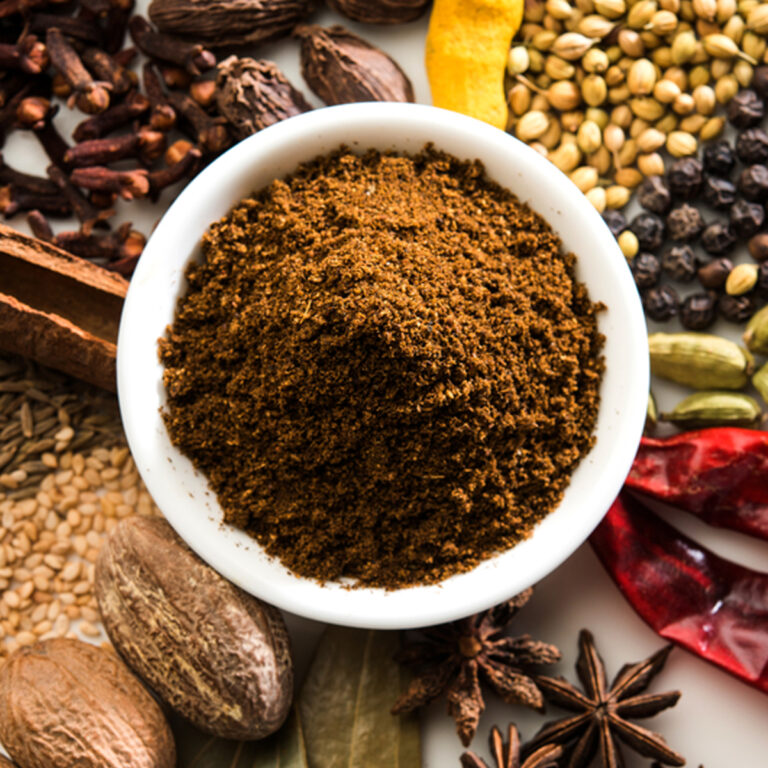
7. Garam Masala
You probably have some Garam Masala lurking around in your cupboard. If so, then lucky you! This awesome and popular Indian spice blend makes a great cumin substitute, especially in curry recipes.
This blend tends to be a mixture of several spices, such as coriander, cumin, cardamom, cloves, nutmeg, cinnamon, etc. Tons of delicious flavors and warm notes that work very well together.
As recommended for curry, start with half the amount. Replace 1 teaspoon of cumin with 1/2 teaspoon of Garam Masala, and then adjust to suit your preference.
As this blend does not typically contain turmeric powder, the color of your final dish should not be changed dramatically.
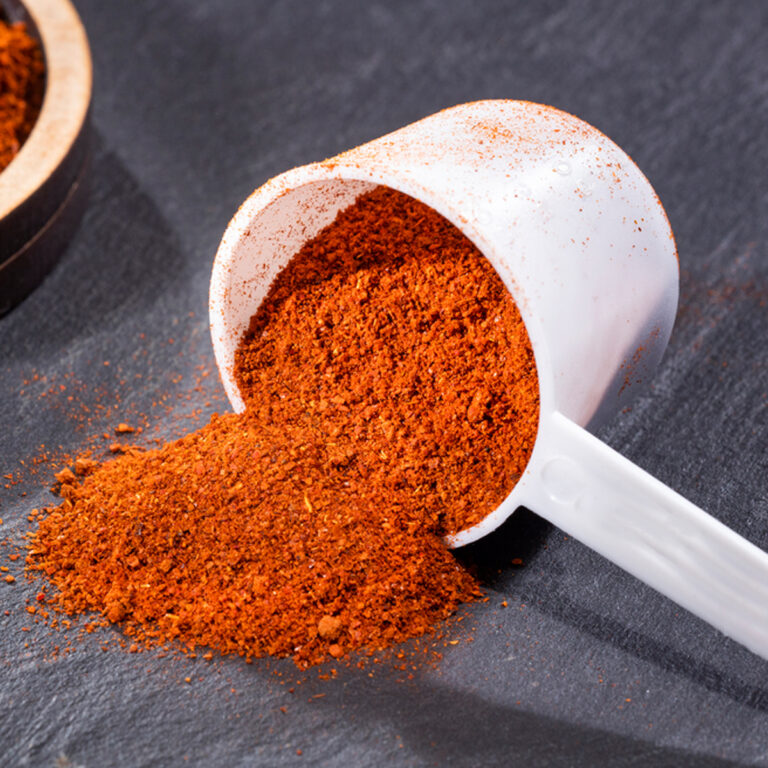
8. Taco Seasoning
Taco seasonings make a great substitute for cumin in Mexican dishes like tacos, fajitas, chili, and other Tex-Mex Favorites. And if you’re like me, you probably have a packet or two of this delectable spice mix in your pantry.
Taco seasoning typically includes cumin, along with ingredients such as onion powder, chili powder, paprika, and oregano.
Because it has a mild flavor, you can use a 1:1 ratio swap, then add more or less as needed.
Seeds
Here are some seeds you can use to replace cumin seeds when you need to.
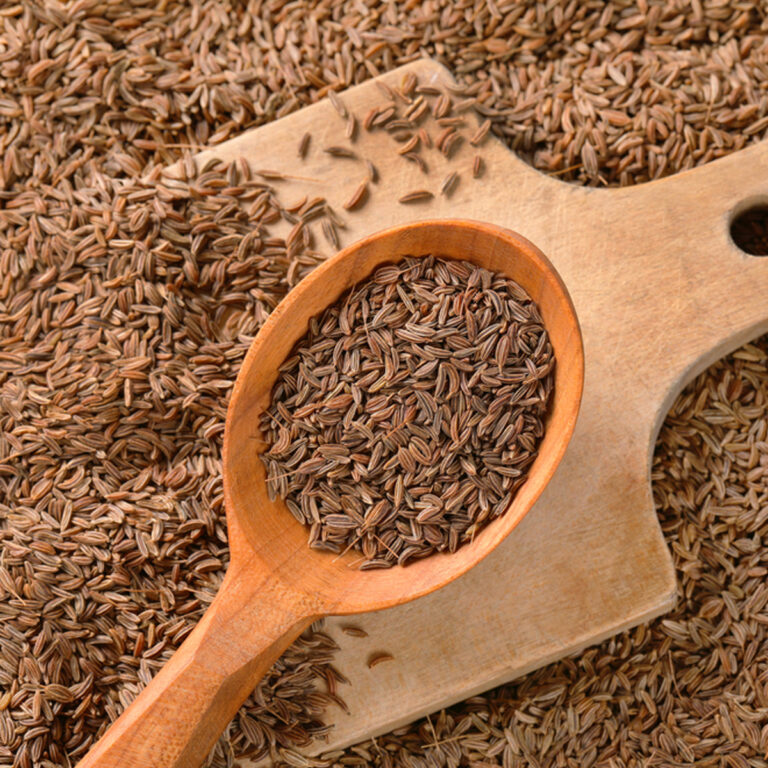
9. Caraway Seeds
Caraway seeds are a great substitute for cumin in various dishes.
That is because, like cumin seeds, caraway seeds are part of the parsley family. They do have a similar flavor profile, although caraway seeds have a milder flavor.
To sub caraway for cumin, start with half the amount of caraway as the recipe needs. For example, replace 1 teaspoon of cumin with 1/2 teaspoon of caraway seeds, then add more to your taste.
When using as a substitute, be sure to use caraway seeds for recipes that use cumin seeds, and ground caraway for recipes that call for ground cumin.
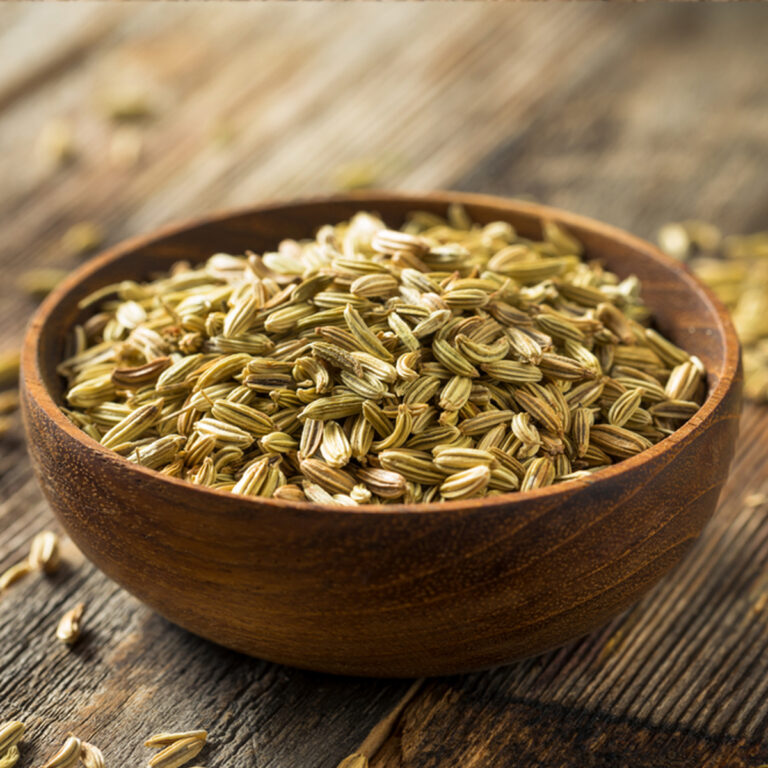
10. Fennel Seeds
Fennel seeds also make a fantastic cumin replacement. They do have a little bit of a stronger flavor, aka a delicious licorice flavor.
In fact, this is one of my favorite subs. I love toasting them, releasing a more aromatic flavor before adding them to tomato sauces and pasta sauces.
To swap fennel seeds for cumin, start with half the amount the recipe calls for. So, use 1/2 teaspoon of fennel seeds instead 1 teaspoon of cumin. You can always add more to suit your taste.
It’s important to note that if your recipe calls for ground cumin, then be sure to grind your fennel seeds before using.
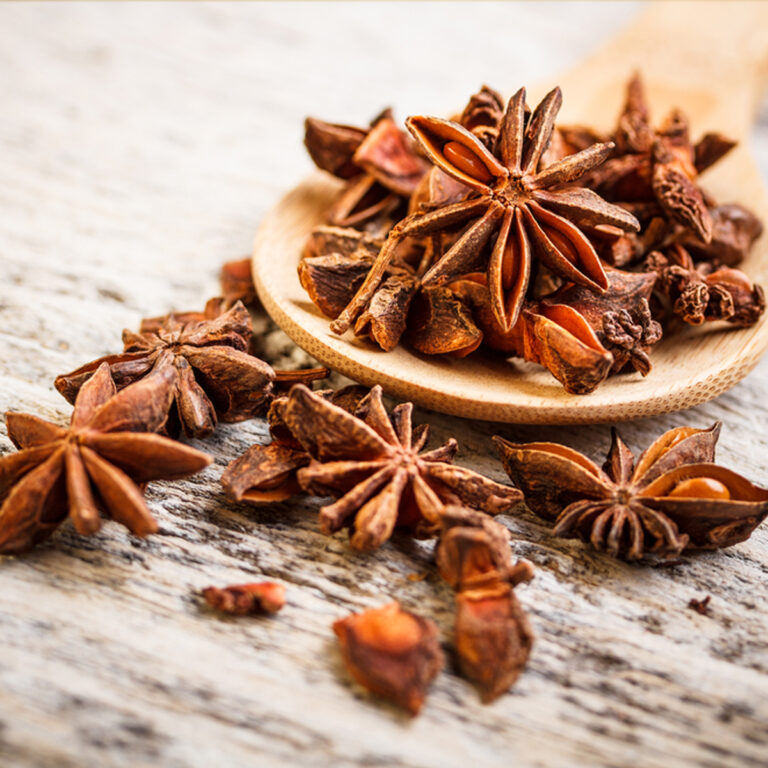
11. Star Anise
The wonderfully fragrant and unique-looking star anise can also be used in place of cumin.
It does have a different flavor profile, being sweet and spicy and citrusy with a delicious licorice taste. It works well to enhance earthy flavors in dishes.
Because of its stronger flavor, use 1/2 teaspoon of ground star anise or 2-3 star anise pods as a substitute for 1 teaspoon of cumin. Feel free to start with less and add more according to your taste.
Remember to remove whole star anise pods from recipes before serving, as it is not so great to bite into them. Also, toasting star anise before cooking allows the flavor to come out even stronger.
Also, if using whole pods please add them at the start of cooking so the flavors have time to infuse and develop.
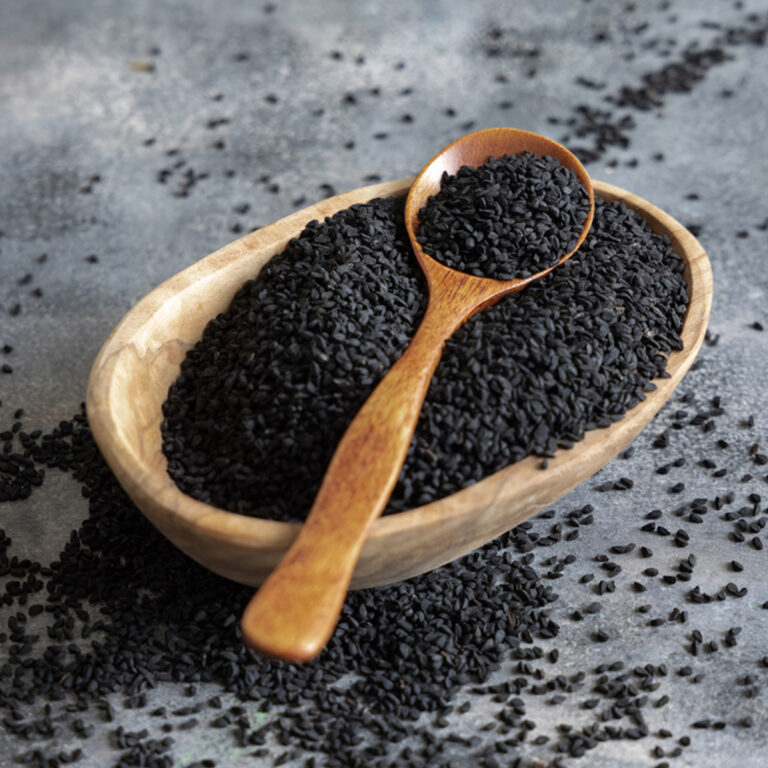
12. Nigella Seeds
If you have Nigella seeds, also known as black cumin or kalonji, in your pantry, then these are another sub to consider.
These tiny black seeds have a warm and earthy flavor profile that tastes like a combination of onion, cumin, and oregano. So delish.
They are great in savory dishes as they mimic the taste of cumin seeds quite well. When using as a substitute, start with a 1:1 ratio. But bear in mind that nigella seeds are a little bit milder and more aromatic than cumin, so you may need to adjust the amounts.
Feel free to dry toast the seeds before using them so as to enhance their flavor and aroma.
A Few More Tips for You, Because We Love Tips………
- Start smaller – start with a smaller amount of the substitute and adjust up or down to your taste as needed. Especially as some of these have a much hotter flavor than cumin.
- Generally, use whole seeds subs to replace seeds, and ground seeds to substitute for ground cumin.
- Store as seeds – where feasible, buy and keep spices as whole seeds as these keep their flavor and freshness for much longer than ground versions. Grind whole seeds using a coffee grinder when needed.
- For the best results, store spices in a cool dark place. Just don’t forget where that is!
- For an even more impactful flavor, consider toasting your seeds before using them in your recipes. Simply warm a dry pan over medium heat, add the seeds, and toast them until they give off an aromatic scent.
Serving Suggestions
Use these recipes to try the different substitutes for cumin;
- Easy Chicken Fajita Salad.
- Instant Pot Chicken Curry.
- Air Fryer Chili Nachos.
- Instant Pot Mexican Pinto Beans.
Thank you for reading my Cumin Substitute post. And please come visit again as I continue to slice, dice and dream up affordable Air Fryer recipes, Instant Pot Recipes, Southern Recipes and more. Thanks for supporting Recipes from a Pantry, food blog.






